2025 is the year of African superfoods
Here are three I am turning into teas to support my overall health.
Moringa, baobab, and hibiscus are fantastic superfoods for overall well-being. They are nature's multivitamins, which can improve health, support the immune and cardiovascular systems, manage blood pressure, and keep people healthy and happy. This blog post will introduce these ingredients and include three simple and quick teas that are perfect for starting your day. All three harness the power of these mighty superfoods.
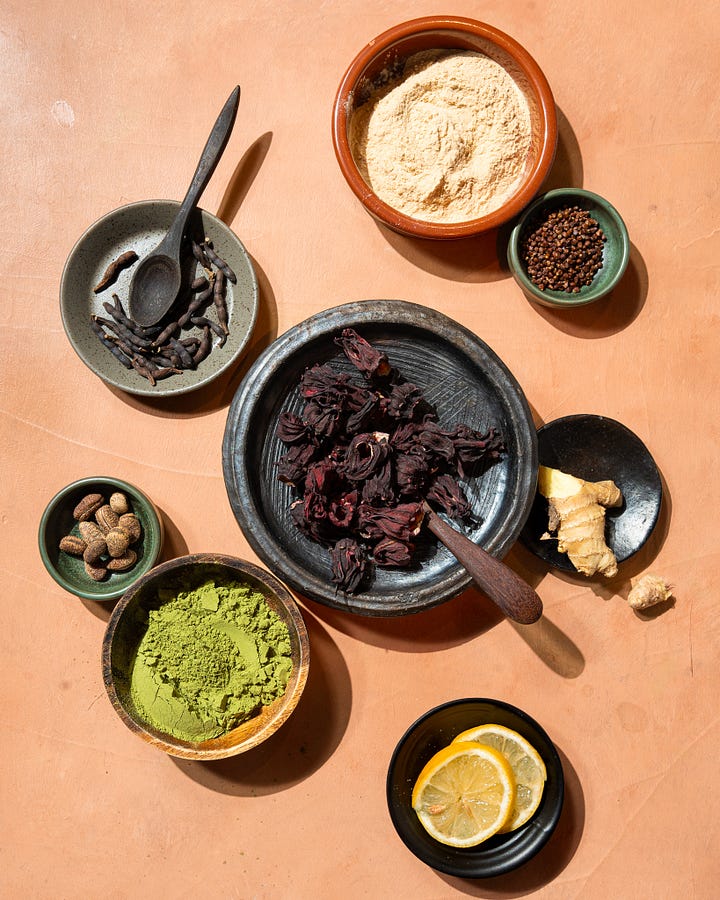
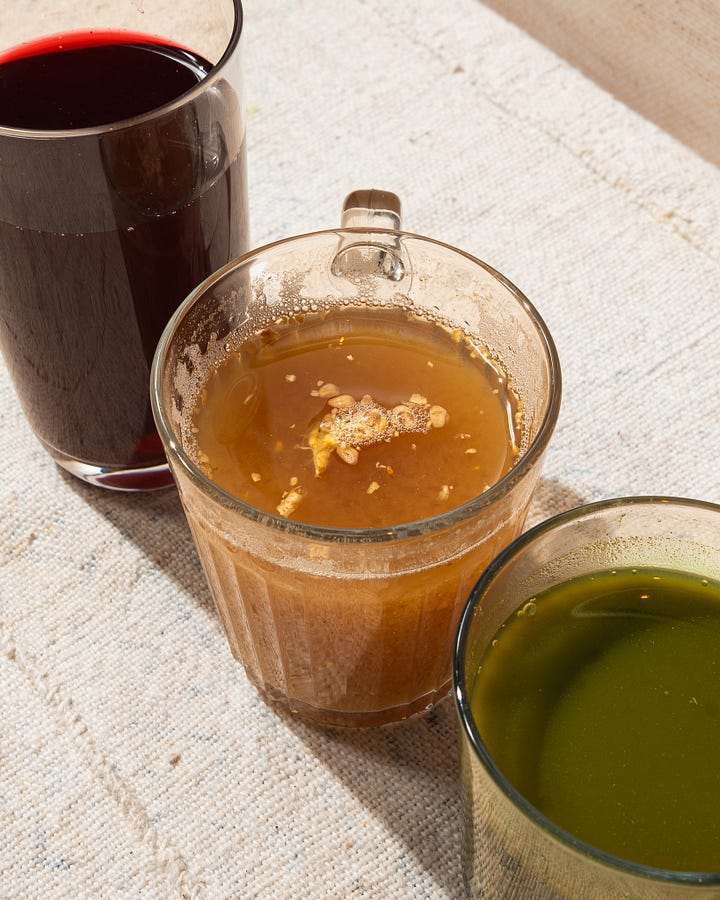
Hibiscus
Roselle—Hibiscus sabdarifa is a flowering plant indigenous to the African continent. Its leaves and calyx are used for soups (bitɔ/bra in Ghana) and stews, but the most popular use of the calyx is for a variety of spiced teas. Across the Afro diaspora, the drink made from the calyx is known by many names, such as sorrel, zobo, sobolo, and bissap. The calyx commonly used for tea is bright red and has a sour yet floral flavour.
The Benefits of Hibiscus
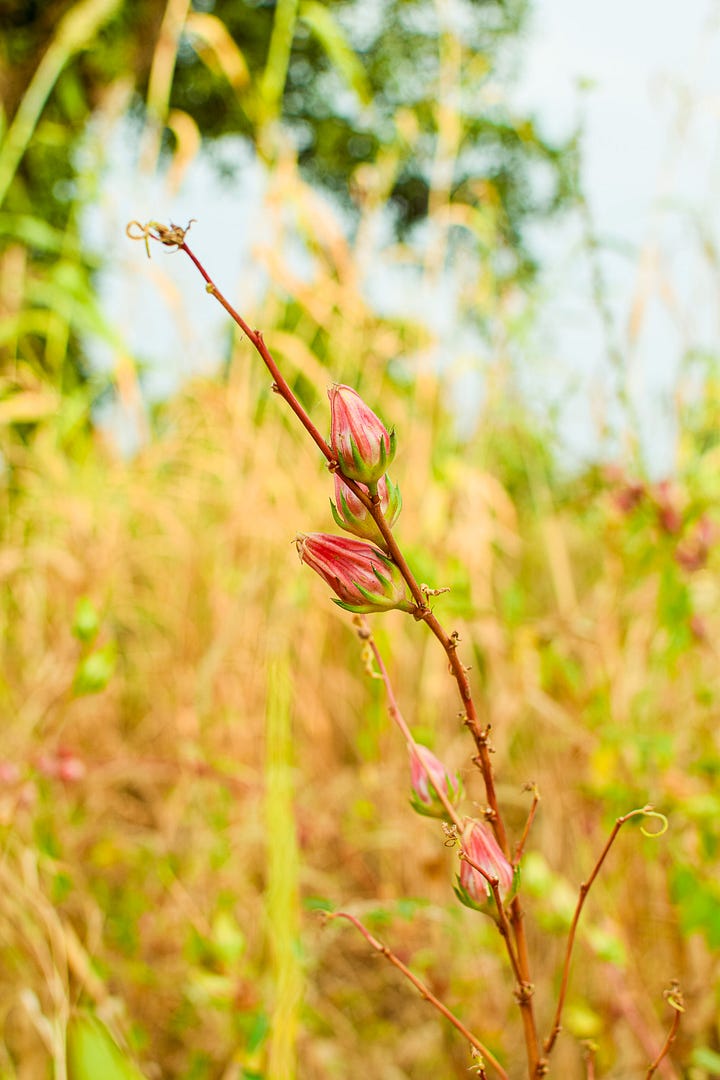
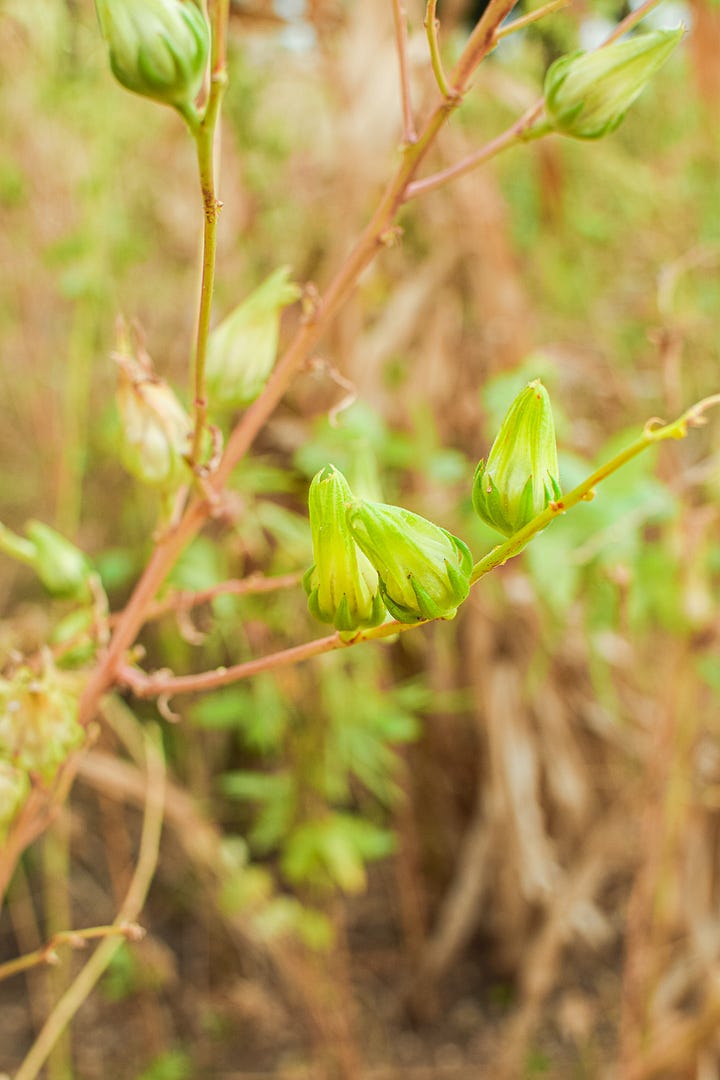
The hibiscus calyx is known to be an incredible source of antioxidants like anthocyanins (found in red, blue, or purple fruits) and vitamin C. Antioxidants protect against cellular damage caused by free radicals. As for Vitamin C, beyond its antioxidant capacities, it has been identified as a cofactor and key component in epidermal barrier protection, the differentiation of immune cells, the maintenance of collagen, the absorption of iron, and many more.
There are many other reported hibiscus benefits related to cholesterol, weight loss, and liver function, but more concrete human-based studies are required. Another benefit of hibiscus is its ability to help lower blood pressure and reduce the risk of cardiovascular disease.
Warning: While hibiscus is great for your overall health, it is usually not recommended for pregnant women because of potential preterm labour.
Hibiscus beverages are typically spiced in Ghana. I wanted to draw on a similar approach but with a “cold brew.” The drink is not exactly cold brew because we start with warm (not boiling) water, but I want to maintain the integrity of the vitamin C, which can be heat-sensitive. I have also included grains of selim, which my mother always shoves down my throat whenever I have a cold. Sip on this drink throughout the day, and thank me later.
Click the photo to go straight to the recipe.
Baobab
One day, I will dedicate an entire post to the many benefits and uses of the baobab tree. Baobab is an indigenous African tree that grows in the dry and arid parts of the continent. These trees can grow tall and live for centuries, feeding many generations during their lifetime.
The benefits of baobab
There is said to be over three hundred traditional uses of this tree documented across the African continent providing food, medicine and livelihoods of many. The greens and seeds are packed with many vitamins and protein, but the fruits are just as important for your health. The baobab fruit is high in vitamin C, which some say is about 7-10 times that of oranges, B vitamins, calcium, magnesium and phosphorus. The calcium content in the fruit is so high that it can serve as a good source of calcium for breastfeeding mothers. The fruit is also packed with flavonoids, which are a type of antioxidants commonly found in yellow fruits.
I love the taste of baobab. It might be a bit chalky and tart, but it has such a lovely, sweet undertone. It is very similar in flavour to tamarind or even lime, which is probably why the tree is also called the cream of tartar tree. I have mixed baobab powder with ginger for this simple tea, almost like my version of a cold-and-flu tea. Ginger is great for digestion and colds and flus.
Click the picture to go straight to the recipe.
Moringa
It is not an Eat with Afia production without mentioning moringa. I paired lemon and moringa together for my Christmas cookies and am pairing them again for my tea.
The benefits of moringa
Some have postulated that moringa can be used to replace a multivitamin just because of how much the tree has to offer. It is packed with pretty much everything you need. The leaves have important essential amino acids. It is also high in iron, so it has been recommended as an option for treating anemia. Beyond iron and essential amino acids, moringa has considerable amounts of calcium, antioxidants, folate, and vitamin A. This is why it is also recommended as a dietary supplement, especially for children and pregnant women. Fresh moringa is used in traditional soups and stews across the continent and local salads in northern Ghana.
Like many plant foods, iron can be hard to absorb because of anti-nutrients. A paper I read recommends introducing an acid to improve availability; pairing it with lemon can be helpful in iron absorption and bioavailability. I am sure it also has to do with the vitamin C content of the lemon, which can help with absorption.
Click the photo to be sent straight to the recipe.





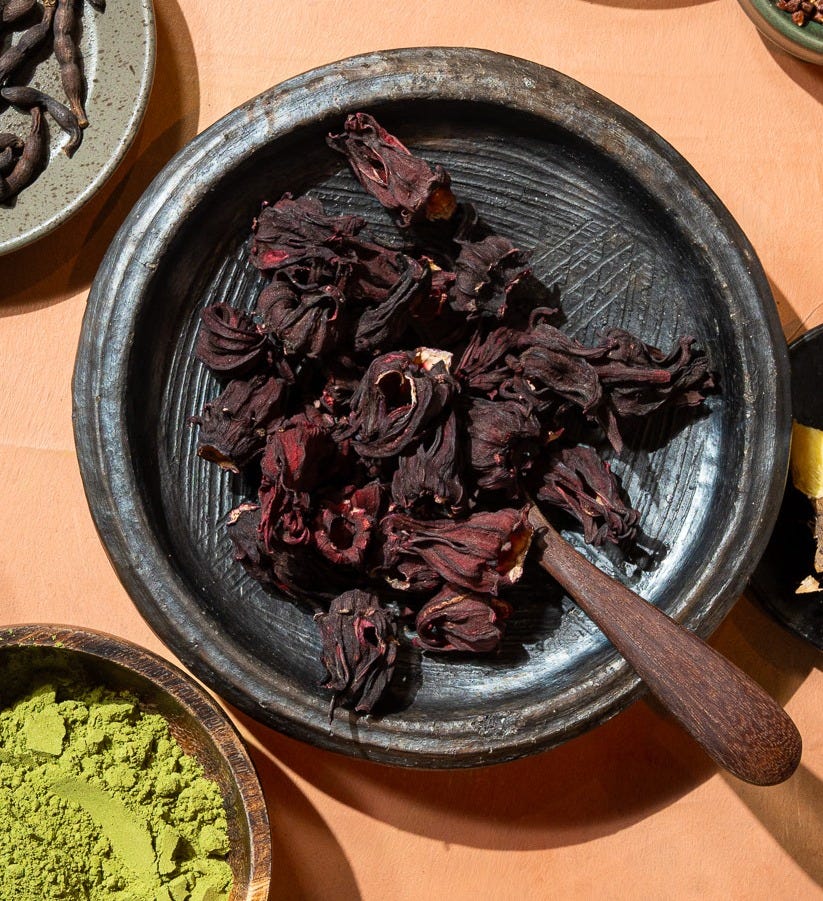

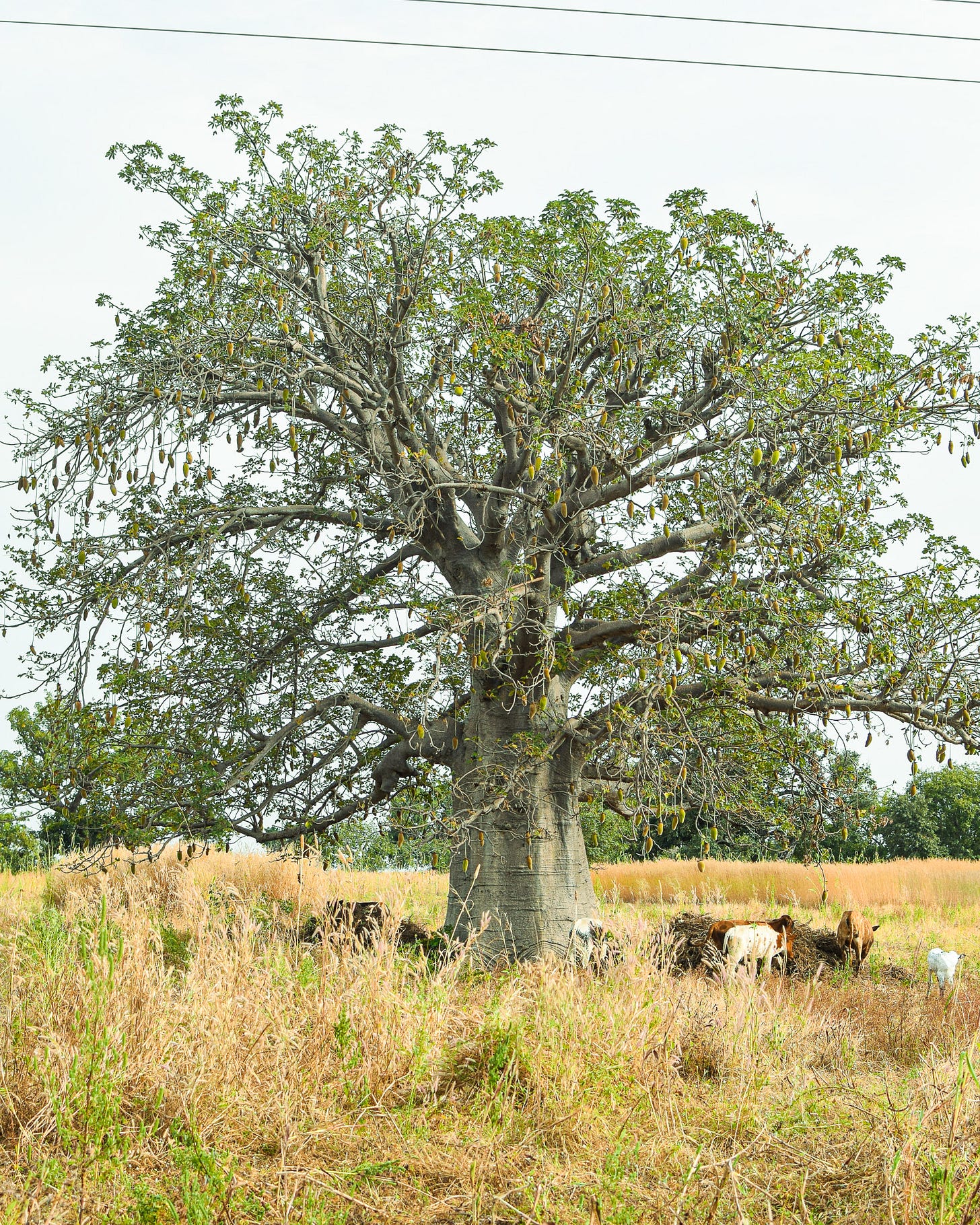

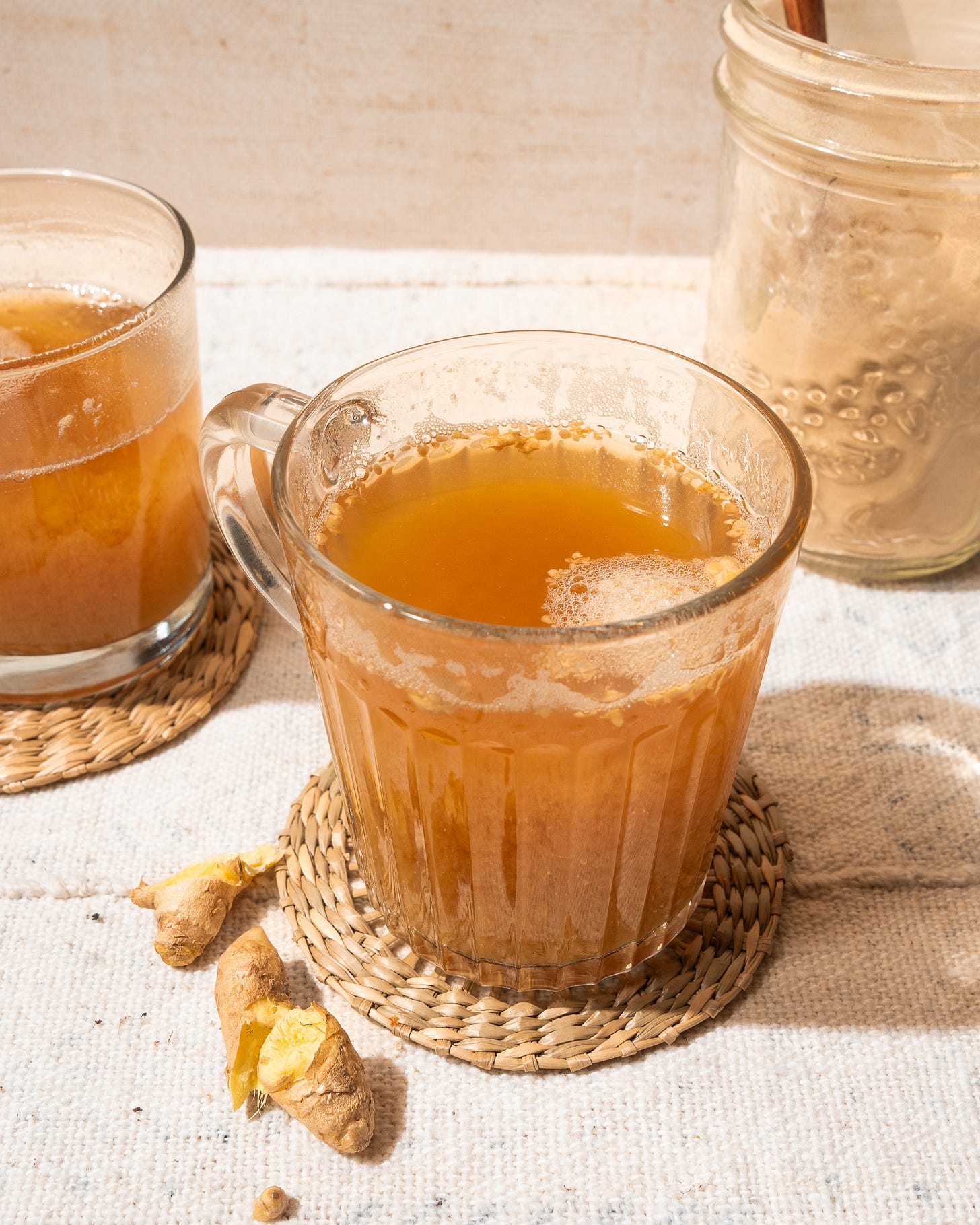
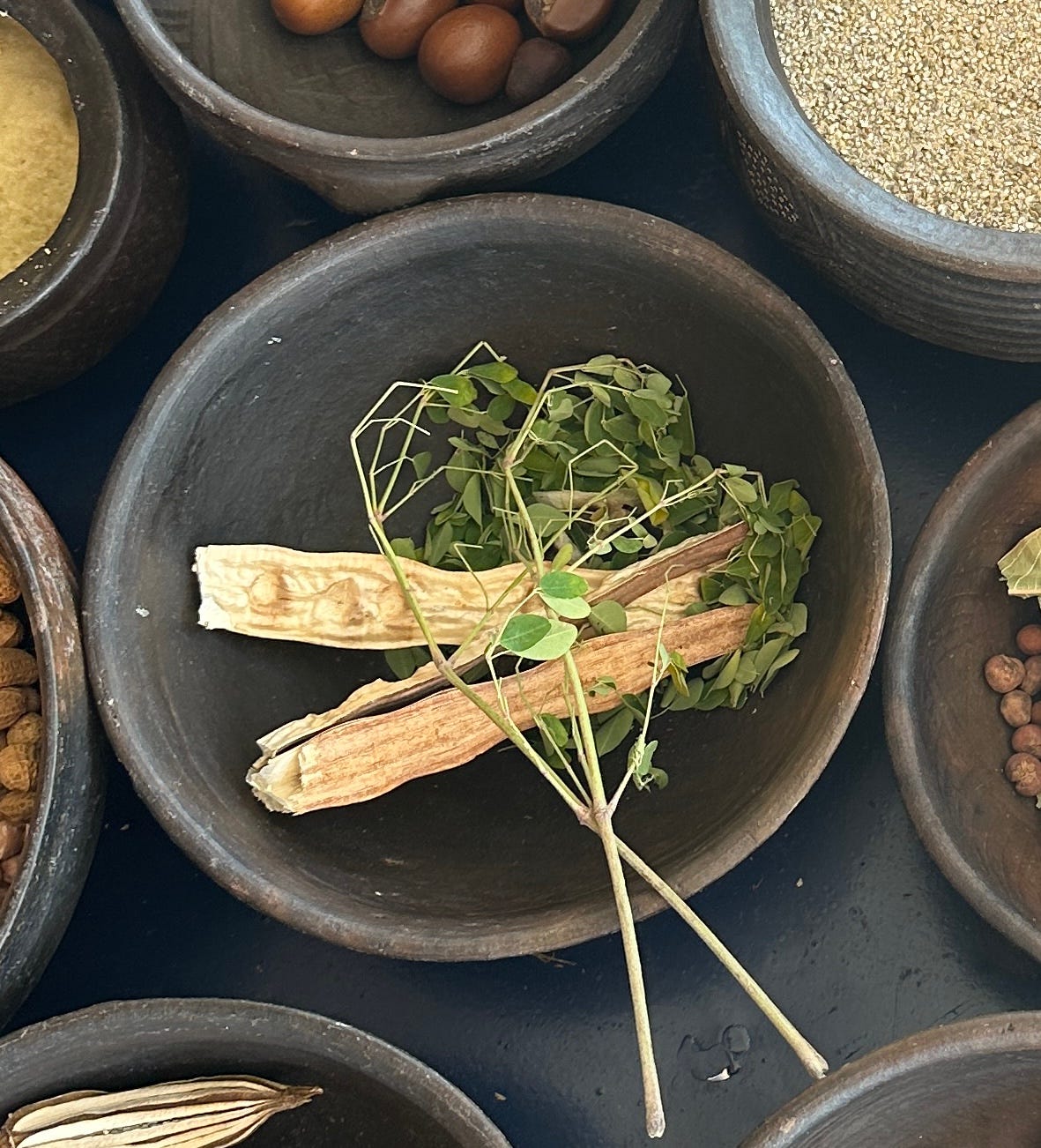
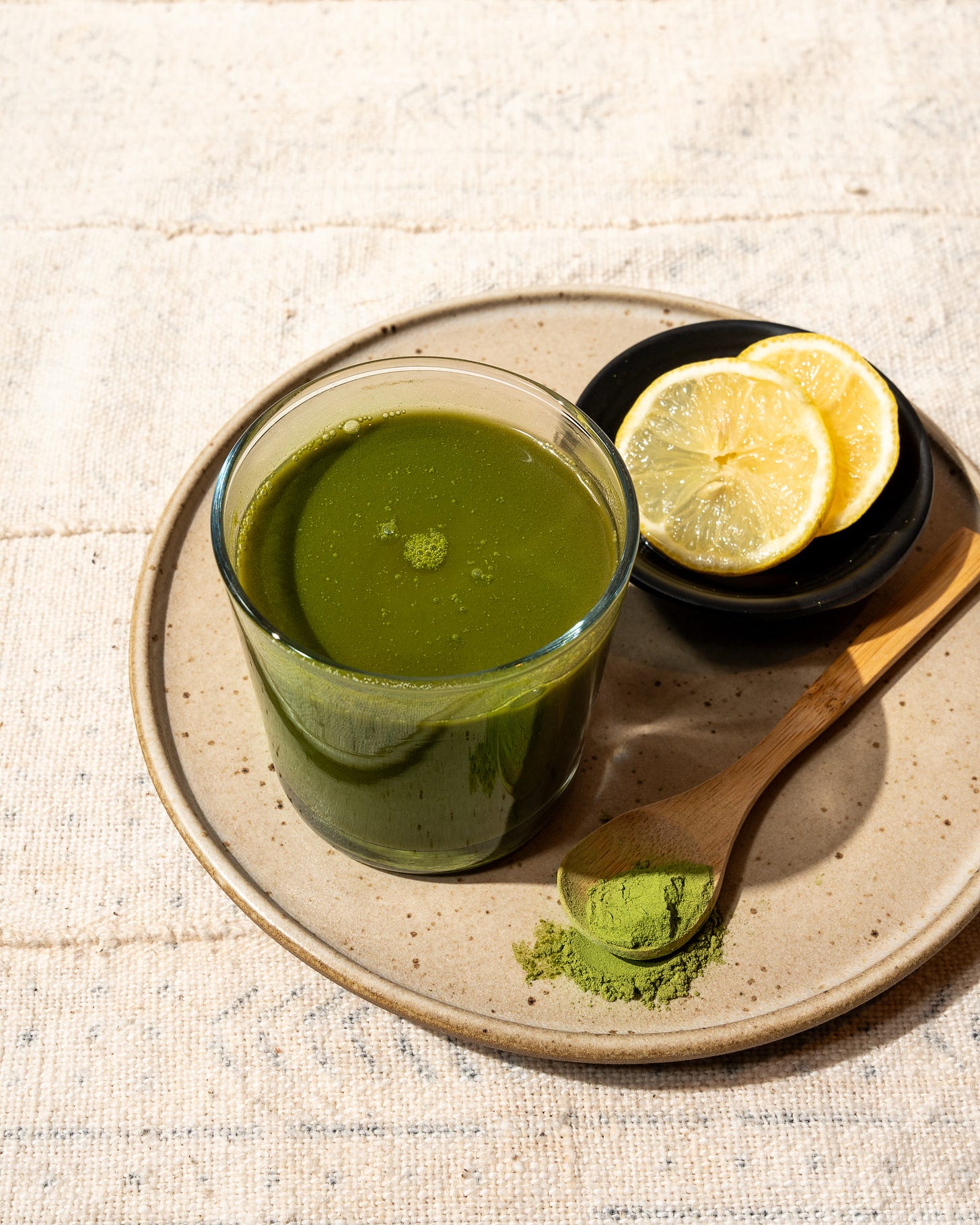
Love Baobab, tried it for the first time after buying land in ghana and there were a few baobab trees on it. Was a bit sceptical at first because I had never seen or even heard of baobab, and not gonna lie it’s a funny looking fruit, but now I have it all the time.
Love this so much! Especially because I have a never ending love affair with hibiscus, I’m excited to find new ways to use it this year. And I’ve never tried baobab before, after reading this I clearly need to